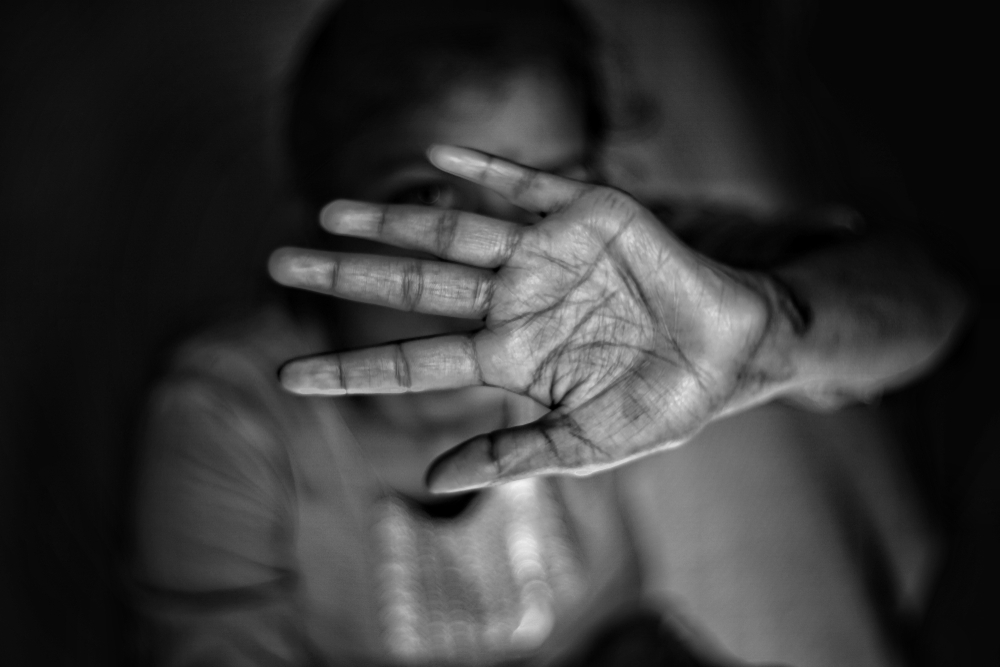Staying at home during a highly contagious global pandemic can save a number of lives. But what about the lives that such confinement will inevitably endanger? This has been a growing concern ever since the Covid-19 outbreak forced a number of countries around the world — including India — to impose nationwide lockdowns. The lockdowns have corresponded with an alarming rise in violence against children and women in India and abroad. Take, for example, Childline India’s chilling figures. In just 11 days since the prime minister’s announcement of the lockdown, the helpline received more than 92,000 emergency calls asking for protection from violence and abuse. This is a 50 per cent increase over the number of calls the hotline usually gets, and points clearly towards the risks that women and children have to endure when they share space with abusers. There has also been a discernible drop in the number of calls from many parts of the country. Between March 23 and 30, the National Commission for Women received complaints of domestic violence via e-mail. The drop may be indicative of the inability of children and women to get in touch with the authorities since the perpetrators are mostly men in the family who have stopped working and are in close proximity.
This singular situation shows, once again, the need for an effective policy for intervention and rehabilitation. This is of particular importance at a time when access to helplines is largely unavailable. Officials in France, for instance, have designated pharmacies all over the country as places for women to speak in a code to the pharmacist to let them know they are facing abuse in quarantine. Any new model of intervention in the Indian context in the middle of a pandemic would come up against formidable spatial, economic and cultural challenges. In a populous country where every available infrastructure is justifiably being committed to fight a disease, how can victims of violence be given special accommodation? Therefore, the key to addressing the problem lies in extensive monitoring without violating the parameters of privacy. This is a delicate task, given the paucity in trained manpower. Once the pandemic subsides, the Centre and the states must start working on modules designed to combat the contagion of violence in extraordinary situations.



